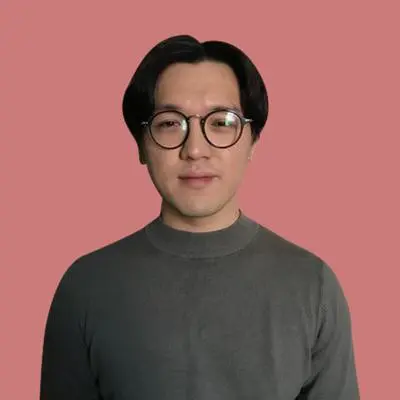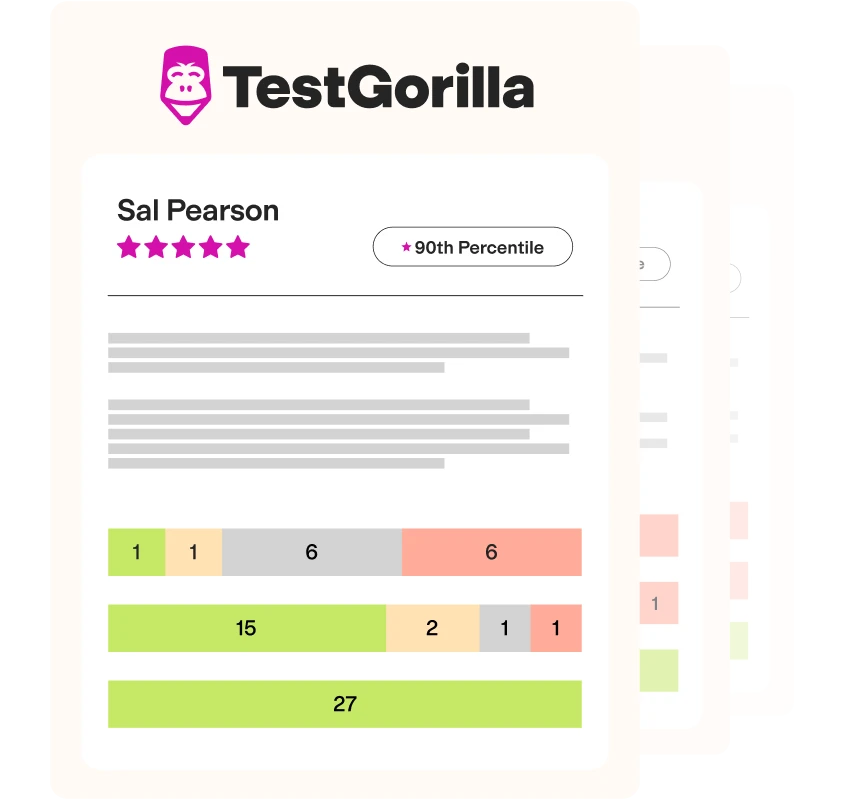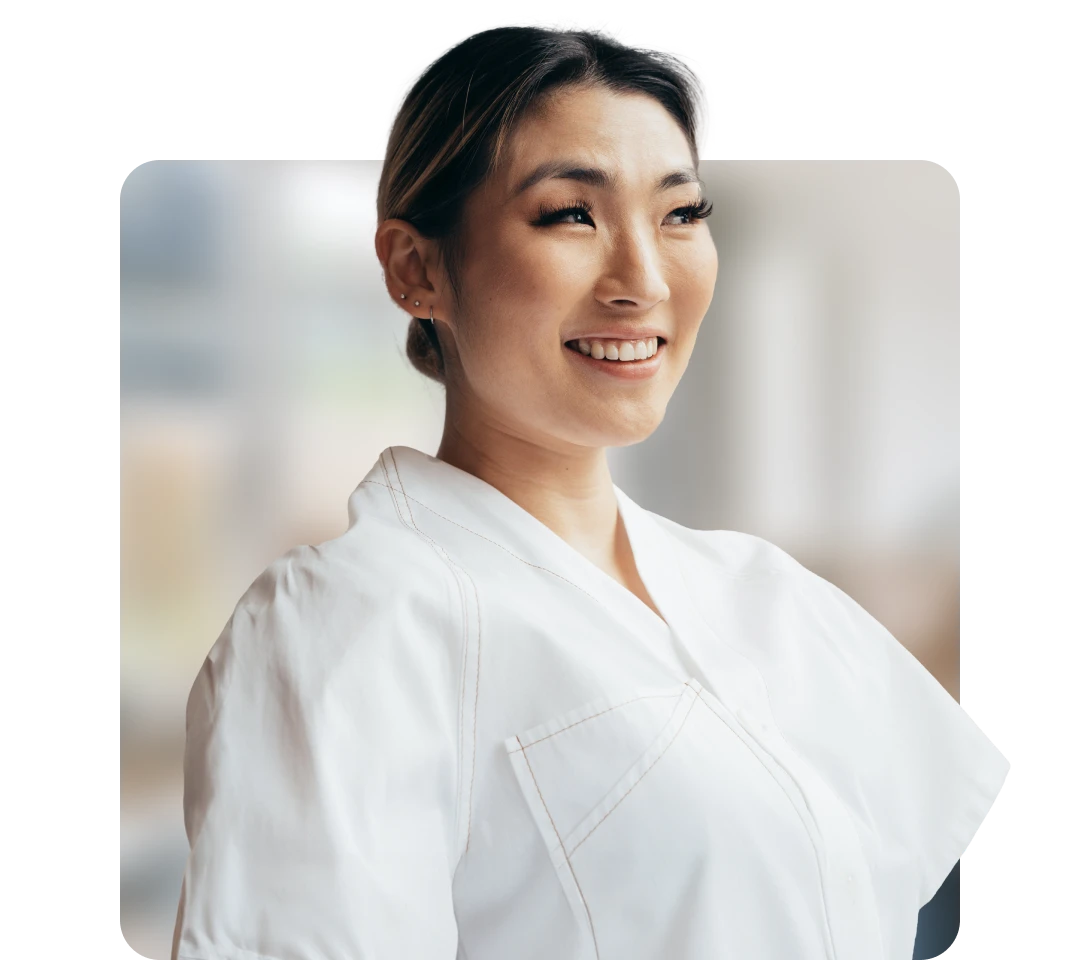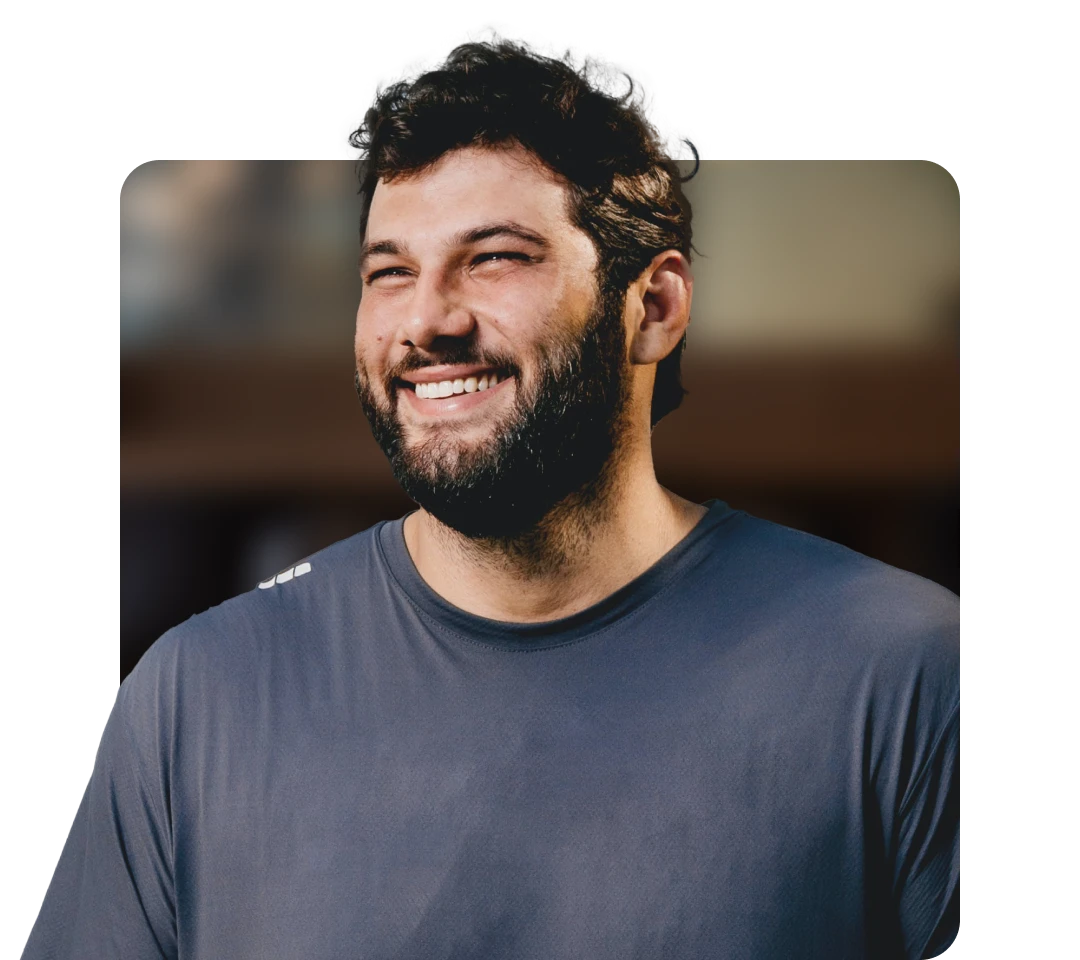Python test online: Pre-employment screening assessment to hire the best candidates
Summary of the Python (Coding): Entry-Level Algorithms test
This coding test assesses a candidate’s ability to program a small algorithm in Python, testing their basic programming skills. Using a short and straightforward coding task, this test helps you identify developers with the most essential Python skills.
Covered skills
Entry-level algorithms
Use the Python (Coding): Entry-Level Algorithms test to hire
Entry-level developers using Python in their technology stack.
This Python coding test forms part of our Coding: Entry-Level Algorithms test.
All entry-level coding languages are now centralized in a single, language-agnostic test to ensure hiring developers is simpler than ever. Offer your candidates a choice of 19+ entry-level coding languages in one test.
Explore the latest addition to our programming skills test library.
About the Python (Coding): Entry-Level Algorithms test
Python is a general-purpose language that has become very popular, in part due to the wide range of use cases, from web development to data science and machine learning. Good Python developers are therefore highly sought after.
Strong foundational knowledge of programming in Python is essential for junior programmers. Those candidates are able to hit the ground running and set themselves up for further professional growth.
This Python test gives candidates 10 minutes of time to complete a straightforward coding task involving entry-level algorithms. The code is evaluated against a set of test cases, some of which are available to the candidate to determine if they are on the right track.
This is a great initial screening test that allows you to effectively screen candidates based on essential skills. For more difficult coding challenges, you can consider a Python debugging test or other Python coding tests at an intermediate or advanced level.
We recommend combining coding tests with at least one of our cognitive ability tests evaluating numerical or analytical skills.
The test is made by a subject-matter expert
Alfred W.
Alfred is an experienced software engineer with deep expertise in Python development, data engineering, and cloud solutions architecture. He has built out a cloud native data platform for a $16B hedge fund that systematically ingested TBs/PBs of data to drive quantitative trading strategies.
Alfred is also a certified AWS Solutions Architect and DevOps Engineer at the Professional. In his free time, he enjoys reading about personal psychology and new trends in technology.
Crafted with expert knowledge
TestGorilla’s tests are created by subject matter experts. We assess potential subject-matter experts based on their knowledge, ability, and reputation. Before being published, each test is peer-reviewed by another expert, then calibrated using hundreds of test takers with relevant experience in the subject. Our feedback mechanisms and unique algorithms allow our subject-matter experts to constantly improve their tests.
What our customers are saying
TestGorilla helps me to assess engineers rapidly. Creating assessments for different positions is easy due to pre-existing templates. You can create an assessment in less than 2 minutes. The interface is intuitive and it’s easy to visualize results per assessment.

VP of engineering, mid-market (51-1000 FTE)
Any tool can have functions—bells and whistles. Not every tool comes armed with staff passionate about making the user experience positive.
The TestGorilla team only offers useful insights to user challenges, they engage in conversation.
For instance, I recently asked a question about a Python test I intended to implement. Instead of receiving “oh, that test would work perfectly for your solution,” or, “at this time we’re thinking about implementing a solution that may or may not…” I received a direct and straightforward answer with additional thoughts to help shape the solution.
I hope that TestGorilla realizes the value proposition in their work is not only the platform but the type of support that’s provided.
For a bit of context—I am a diversity recruiter trying to create a platform that removes bias from the hiring process and encourages the discovery of new and unseen talent.

Chief Talent Connector, small business (50 or fewer FTE)
Use TestGorilla to hire the best faster, easier and bias-free
Our screening tests identify the best candidates and make your hiring decisions faster, easier, and bias-free.
Watch what TestGorilla can do for you
Create high-quality assessments, fast
Building assessments is a breeze with TestGorilla. Get started with these simple steps.
View a sample report
The Python (Coding): Entry-Level Algorithms test will be included in a PDF report along with the other tests from your assessment. You can easily download and share this report with colleagues and candidates.
Why recruiting with a Python programming test is important
As a programming language, Python has surged in popularity in recent years. It has been widely adopted because its versatility enables it to be used in software and website development, as well as machine learning. As a general-purpose programming language, Python can solve issues in code and can be used to develop a large variety of applications.
In addition, Python is open-source. This means that the programming language has a large contributing community, which builds vast libraries that can be applied in a variety of industries.
Python’s versatility has led to an increased demand for programmers skilled in the language. However, recruiting developers can be a challenge because determining whether a candidate would succeed in a data science role has its own set of challenges.
Python development in business
As mentioned above, Python’s popularity can be attributed to its versatility. This has encouraged many organizations to adopt the programming language in the development of applications and software. Some of the more practical applications of Python include:
• Machine learning and artificial intelligence (AI): Python’s flexibility, stability, and simplicity contribute to its effectiveness in machine learning and AI programming. The programming language’s large contributing community means there are many machine learning and AI libraries available to use.
• Games development: Python isn’t often used for production building, but is a popular go-to for building functionality and add-ons. In addition, its simplicity enables it to be applied in rapid prototype development.
• Finance: In financial applications, Python is increasingly used in areas of quantitative and qualitative analysis, referring to actual numbers and subjective characteristics and opinions. It can be used as a tool in trends and predictions.
• Data analytics: Python’s simplicity and large community contributions in the field of data analytics enable it to be used to analyze, interpret, and manipulate data. It is also easy to program repetitive task management with Python, making it a valuable tool for automation.
• Data visualization: Another growing field where Python is often used is data visualization. Here, Python can be applied to transform large datasets into easy-to-understand visual representations.
• Web development: Python brings with it a large variety of web development frameworks, so the programming language is commonly used to build website functionality such as content and image management, database access management, and data authorization.
• Cyber security: Python's effectiveness in data analysis, scripting, and task automation has made it an invaluable tool in cyber security. It is used for malware analysis and to access servers, scan ports and networks, and send and decode packers.
And the list goes on. Python has been used in blockchain development, automated testing, command-line applications, and more.
Identifying the right candidates
As with many other disciplines, it often happens that programmers know programming languages outside of their expertise. However, this doesn’t necessarily mean they’re the wrong candidate for the job. By adding a pre-employment screening test to your hiring process, you will be able to identify the best candidates for your role based purely on their proficiencies.
When recruiting, there is a wide range of considerations to take into account. Although the primary focus of a role may be a technical skill, tests for soft skills such as personality, culture add, attention to detail, and time management can help you decide who to select for the next stage of your process.
For example, a Python coding test may be your primary filter, but personality and problem-solving tests can be added to the assessment. This gives you a deeper understanding of not only your candidates’ skills, but also their personalities and how they will fit into the organization.
In the workplace, some crucial factors contribute to a candidate’s ability to succeed in their position. When recruiting, pre-employment screening tests like a Python coding test, can help you assess how well a candidate will perform. Some of these factors include:
Technical skills
For junior programmers, strong fundamental knowledge of programming in Python is essential. This enables them to transition into the role efficiently. Here, coding-specific skills are what will help them achieve career success.
Soft skills
Non-technical skills are important when hiring a software developer. They are crucial because they affect how employees collaborate with their teams, and can influence an individual’s reputation at the organization. A team’s success hinges on every member’s ability to communicate well and work effectively with the team.
To find candidates who adapt well to new teams, you might look for a developer who can work using an agile methodology, manage their own time, and work within cross-functional teams. In addition, those who dedicate themselves to lifelong learning to maintain their personal development, and can recognize problems and take action to resolve them, make for excellent candidates.
Steps to recruiting for technical roles
When hiring for programming roles, some considerations may affect how you recruit. These include your hiring needs, the persona of the individual you hope to recruit, and how you describe the role. Let's take a look:
1. Be clear about your hiring needs
Describing your hiring needs clearly will help candidates identify whether they think they can fulfill the role. Things you’ll need to address include skills requirements, on-site or remote working, and full-time or part-time hiring.
2. Create a detailed candidate persona
The persona of the individual you hope to recruit will help you target the right candidates with advertisements, develop your understanding of the correct person for the role, and aid communication with your applicants.
3. Write a good description
Your job description should list only the skills required for the position, to make sure you get enough applicants for the role. Adding too many requirements can discourage people from applying and may make the role too vague.
4. Find candidates in places where technical talent gathers
We mentioned that there’s a massive tech talent shortage, so you will need to be creative when it comes to finding your talent. Websites, blogs, forums and technical recruitment pages are some examples of where you can find candidates with technical skill.
5. Learn the jargon
Communicating using the jargon your potential candidates use is critical if you want to build interest and have tech talent think your organization is right for them. Using jargon helps them to understand what the requirements are for the position.
6. Use a Python coding test
To help you evaluate applicants’ technical skills, you can give them a Python coding test before you begin reviewing resumés or interviewing candidates. By using a skills test at the beginning of your recruitment process, you can use data to determine who the best candidates are and which applicants you want to interview.
7. Be prepared to negotiate
When you’ve found the right candidate through your recruitment process, be willing to negotiate with them. Technical skills are in high demand, so make sure you are ready should you need to negotiate.
In summary
As an open-source programming language with a large contributing community, Python has become a popular and widely used language. Its versatility and use in applications have created growing demand for Python programmers.
To help you get the right candidate for your organization, a Python coding test will give you insight into the best candidates, while making your recruiting process simpler, faster, and bias-free.










